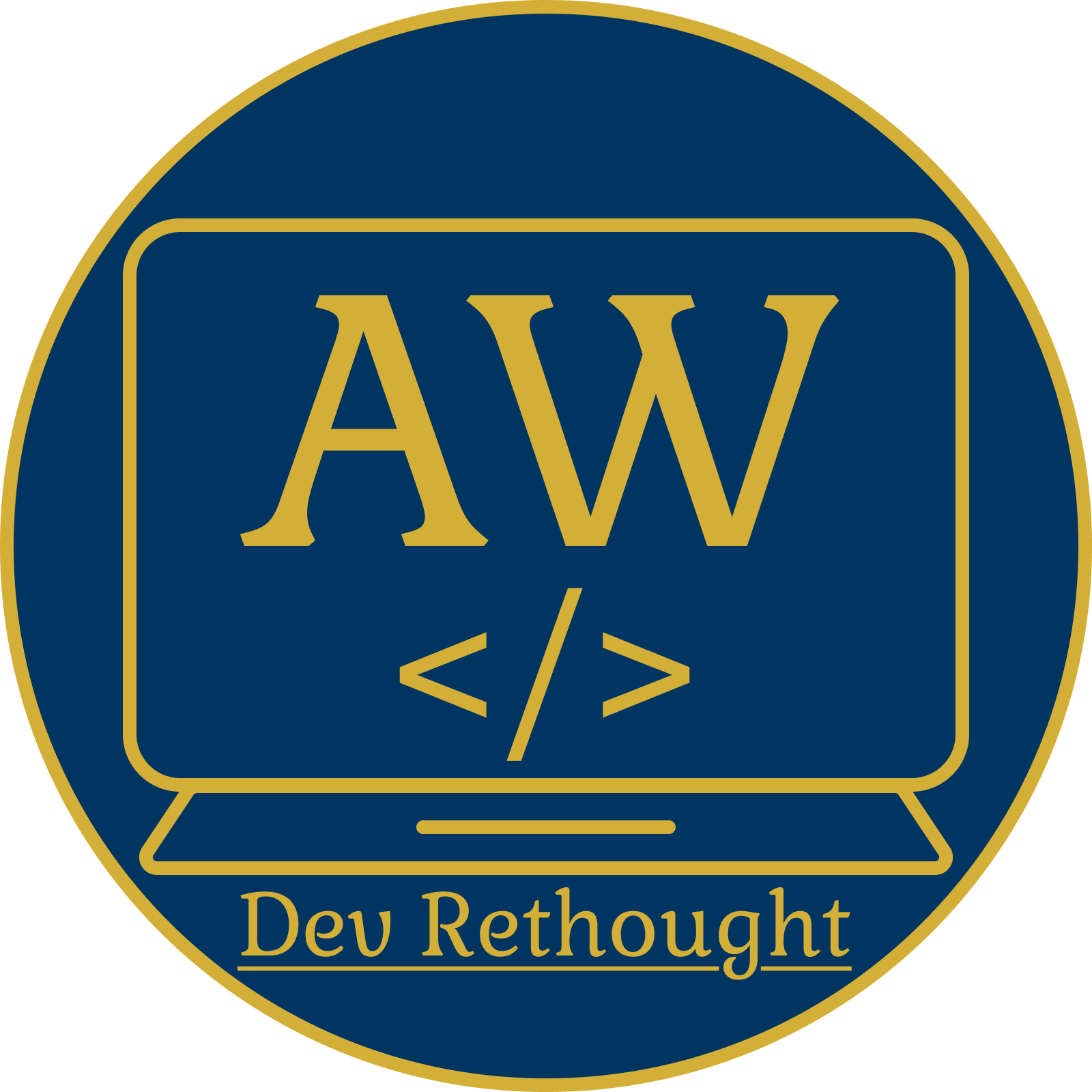⚡️ Saturday AI Sparks 🤖 - 🏷️ Zero-Shot Classification (Classify without training)
Posted On: September 6, 2025
Description:
Normally, text classification requires a labeled dataset and a training process. But what if you want to classify text into categories without training at all?
That’s where Zero-Shot Classification comes in. Using Hugging Face’s facebook/bart-large-mnli model, you can assign custom labels to text on the fly.
Why Zero-Shot Classification?
- No training needed → You just provide text + candidate labels.
- Flexible → Works with any label set you define (e.g., “positive”, “negative”, “neutral” or “acting”, “cinematography”, “soundtrack”).
- Fast prototyping → Great for tagging, routing, or feedback analysis.
Installing Requirements
pip install transformers torch
Minimal Implementation
Load the pipeline and run classification:
from transformers import pipeline
classifier = pipeline("zero-shot-classification", model="facebook/bart-large-mnli")
text = "I loved the cinematography, but the plot was too slow and predictable."
candidate_labels = ["positive", "negative", "story", "acting", "cinematography", "soundtrack"]
result = classifier(text, candidate_labels)
This returns a dictionary with labels and scores ranked by confidence.
Multi-Label Option
If a text can belong to more than one category, enable multi-label:
result = classifier(text, candidate_labels, multi_label=True)
This gives independent confidence scores for each label.
Batch Classification
You can also pass a list of texts at once. The pipeline returns a list of results, one per input.
Sample Output
Single-label result (top label): cinematography | score: 0.8421
All labels ranked:
cinematography -> 0.8421
negative -> 0.6910
story -> 0.6395
positive -> 0.3212
acting -> 0.1453
soundtrack -> 0.1024
Key Takeaways
- Zero-shot classification lets you skip training while still categorizing text.
- Candidate labels are defined on the fly, making it highly flexible.
- Great for early experiments, tagging pipelines, and quick insights before building supervised models.
Code Snippet:
# Import pipeline utility
from transformers import pipeline
# Create zero-shot classifier (MNLI-based)
classifier = pipeline("zero-shot-classification", model="facebook/bart-large-mnli")
# Text we want to classify
text = "I loved the cinematography, but the plot was too slow and predictable."
# Candidate labels can be anything you choose
candidate_labels = ["positive", "negative", "story", "acting", "cinematography", "soundtrack"]
# Single-label classification (default)
result = classifier(text, candidate_labels)
print("Single-label result (top label):", result["labels"][0], "| score:", round(result["scores"][0], 4))
# Optional: view all labels with scores (sorted by confidence)
print("\nAll labels ranked:")
for lbl, sc in zip(result["labels"], result["scores"]):
print(f"{lbl:15s} -> {sc:.4f}")
# Multi-label classification (multiple labels can be correct)
result_multi = classifier(text, candidate_labels, multi_label=True)
print("\nMulti-label results (labels with scores ≥ 0.5):")
for lbl, sc in zip(result_multi["labels"], result_multi["scores"]):
if sc >= 0.5:
print(f"{lbl:15s} -> {sc:.4f}")
texts = [
"The battery life is amazing, but the camera is mediocre.",
"Support was unhelpful. I’m really disappointed.",
"This album’s production quality is superb!",
]
batch = classifier(texts, candidate_labels, multi_label=True)
print("\nBatch classification (first item shown):")
print(batch[0])Link copied!
Comments
Add Your Comment
Comment Added!




No comments yet. Be the first to comment!